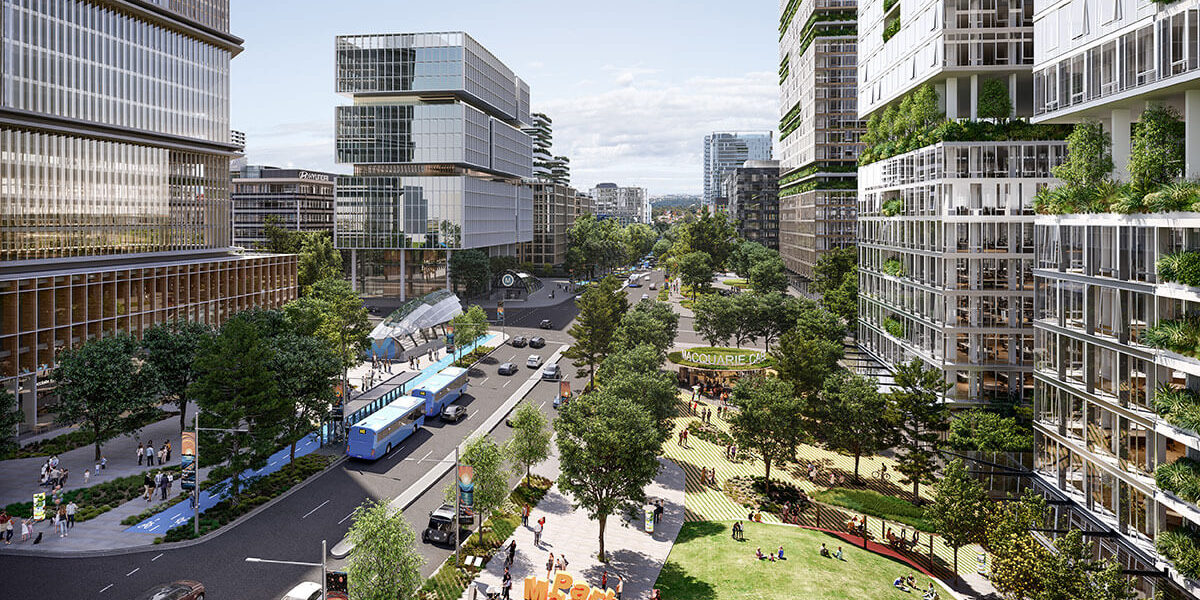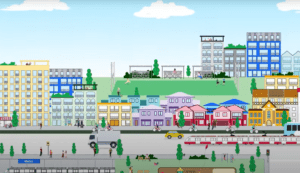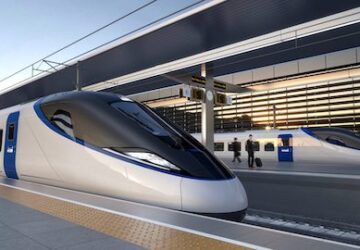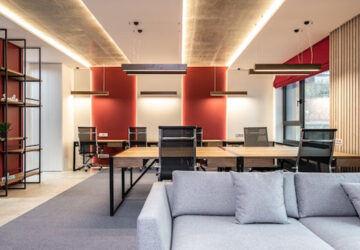
Sound Planning: How Resonate Supports NSW’s Transport Oriented Development Push
As New South Wales accelerates plans for more liveable, walkable cities through Transport Oriented Developments (TODs), the spotlight is increasingly on liveable, integrated design. But as residential and commercial density increases around transport hubs, so too does the challenge of managing noise, vibration, and amenity. The question isn’t just how we build near transit hubs, it’s how well we can make those spaces function and sound for the communities they’re designed to serve.
What are TOD Accelerated Precincts?
The NSW Government’s Transport Oriented Development Program is reshaping the future of urban growth. In late 2024, the state announced 31 new accelerated precincts across Greater Sydney, focused around train and metro stations. The initiative aims to fast-track housing supply by encouraging high-density, mixed-use development within 400–800 metres of transport hubs.
Why Acoustics Matter in TODs
With increased urban intensity comes heightened exposure to rail, road, and community-generated noise. Residents in TOD precincts will live, work, and socialise in environments that must balance vibrancy and accessibility with comfort. Without proper acoustic planning, we risk undermining both liveability and planning approvals.
From mitigating rail vibration in residential towers to ensuring noise compatibility between hospitality venues and apartments, acoustics is a foundational layer of successful TOD planning.

How Resonate Is Already Making a Difference
Resonate is actively engaged on multiple TOD-related projects across NSW, offering critical input at all stages of development:
- Precinct Masterplanning: Our consultants work with urban planners and architects to integrate acoustics into the early stages of masterplanning, shaping streetscapes, open spaces, and building orientation with acoustic outcomes in mind.
- Noise and Vibration Impact Assessments: We support development applications (DAs) and State Significant Development Applications (SSDAs) with detailed modelling, predictive analysis, and expert advice tailored to each precinct’s unique characteristics.
- Building Acoustics & NCC Compliance: From façade design to internal layouts, we guide projects through National Construction Code (NCC) acoustic requirements, ensuring developments meet both compliance and community expectations.
- Transport Impact Assessments & Future Land Use Planning: We work alongside transport and planning teams to assess noise and vibration implications from future rail and road corridors, helping ensure that current developments remain compatible with evolving land uses and long-term infrastructure upgrades.
Planning with Precision
In recent projects, we’ve assessed noise and vibration from adjacent rail corridors and major arterial roads, providing early-stage recommendations on glazing performance, ventilation strategies, and building orientation. We’ve also advised on structural isolation measures to reduce the transmission of ground-borne vibration in high-density residential towers. In another TOD zone, we’re assisting with acoustic strategies to support 24/7 activation, balancing entertainment precincts with nearby residential developments.
These early interventions not only reduce costly design changes later but also streamline approvals by aligning with council and state noise policy frameworks.
Transport Oriented Developments represent a bold step towards a more sustainable, connected Sydney, but their success hinges on creating places people actually want to live in. Through our expertise in noise and vibration control, masterplanning, and NCC compliance, we help shape TODs that are not just dense, but desirable.
As TODs gain momentum, our team is here to ensure that acoustic excellence is part of the conversation from day one.




